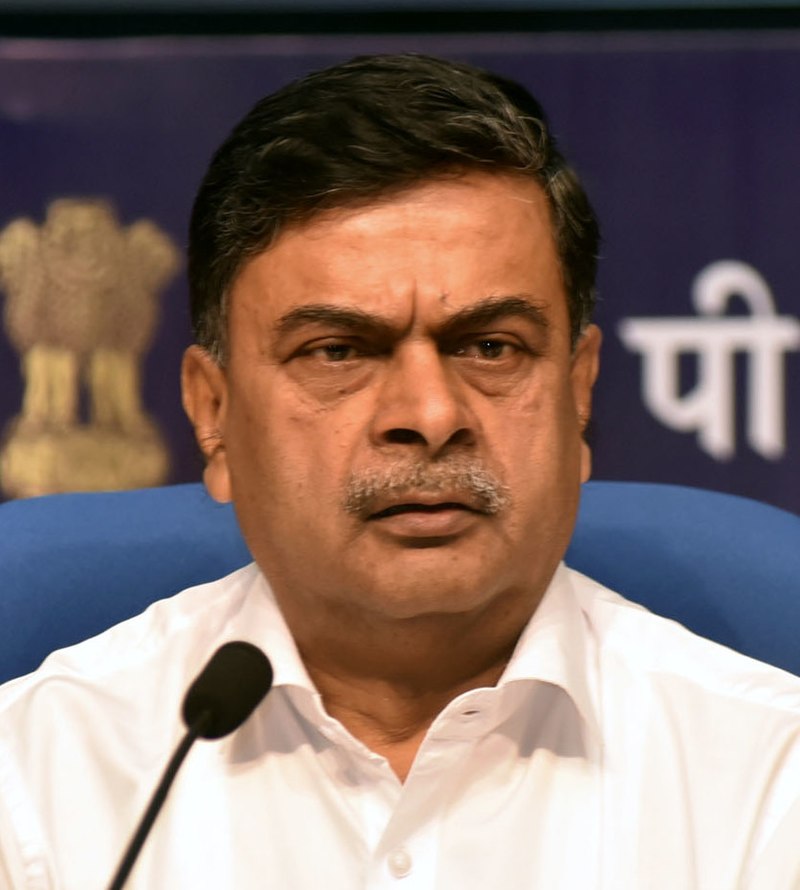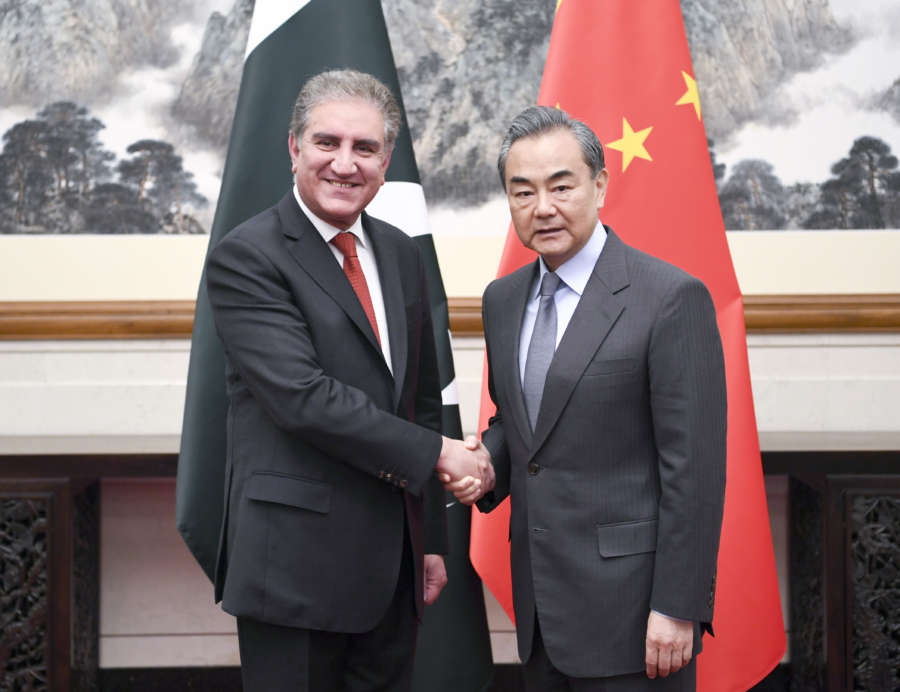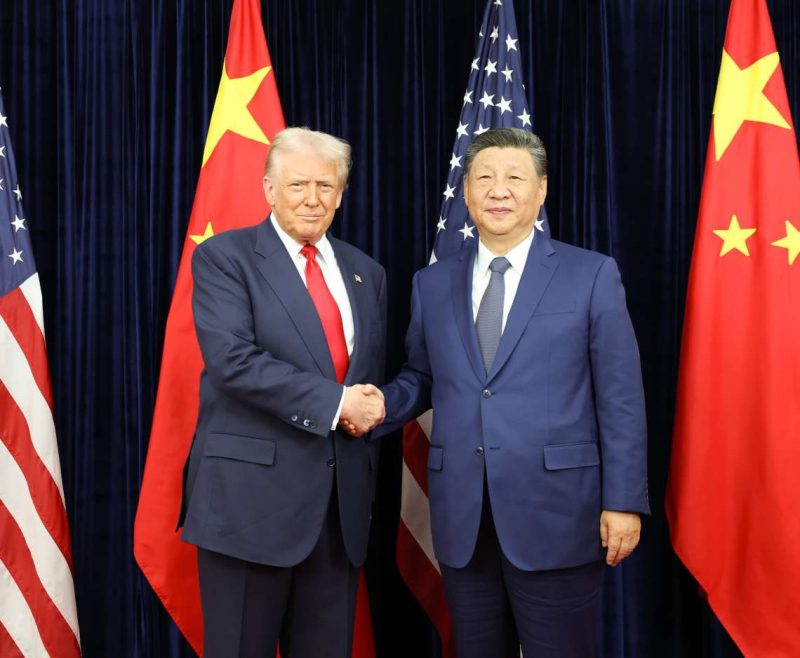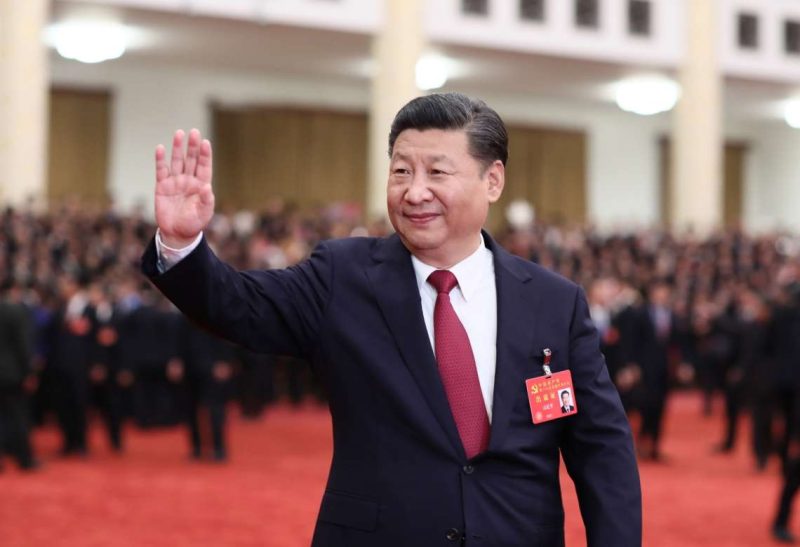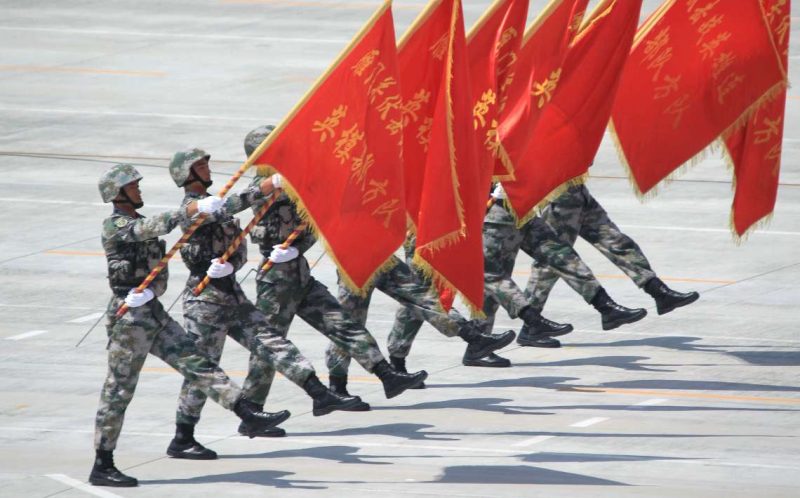In a swift turn of events, the government is looking to bar Chinese firms from participating in government contracts in the sensitive power sector, especially for procurement of digital products that are prone to malware threats.
Sources in the government said that already global bidding has been barred for public procurement of upto Rs 200 crore, and more specific restrictions may be imposed on use of Chinese gear in the critical power sector.
A blanket ban on use of sensitive digital equipment from China by the power sector may also be looked at but a decision on this is pending, said the source quoted earlier.
The power ministry has already put restrictions on imports as such proposals will now be vetted by it before permission is given. Also, individual digital equipment would be scrutinised for malware before being allowed inside Indian territory.
Besides, power companies have been told to source locally in all categories where domestic capabilities exist.
An indication that firmer action is being looked at to prevent use of Chinese equipment in the power sector, sources said is the postponed move to blacklist Chinese entity PT Hexing Technology from participating in any future government tenders posts the cancellation of a Rs 344.47 crore smart meter contract given to it by Energy Efficiency Services Ltd. (EESL).
Though the movie follows the Delhi High court’s decision on Tuesday dismissing a petition filed by the Chinese firm seeking a stay on the encashment of its $4.08 million (Rs 30 crore) bank guarantee is given to EESL following the cancellation of its smart meter contract, the government is looking whether a blanket ban could be considered, especially in sensitive product categories that could compromise the country’s security.

India is firming up a series of economic responses against China, following border tensions that remain unresolved. Already, investment from the country, which shares a land border with India, has been put under the approval route and other tariffs and non-tariff barriers are being looked for various product categories.
In the power sector, earlier REC Power Distribution Company, Noida (RECPDCL) removed sub-contractor, Dongfang Electric (India) Pvt. Ltd., which was a subsidiary of a Chinese company, from its smart meeting project. The subsidiary of the power financing firm REC noted that the decision was taken in view of a recent government order regarding concern for the security of the power supply system in case of a cyber attack.
Also Read-Mehmood Qureshi Leaves For China On A One-Day Visit


